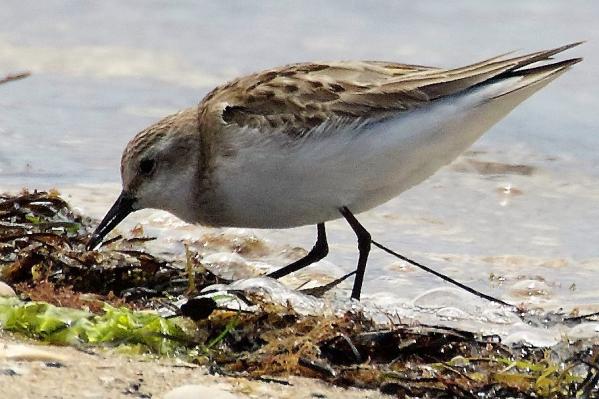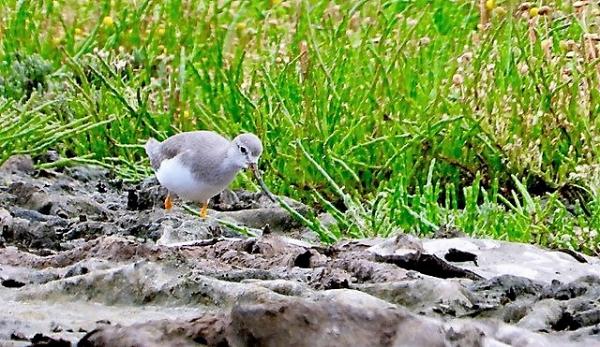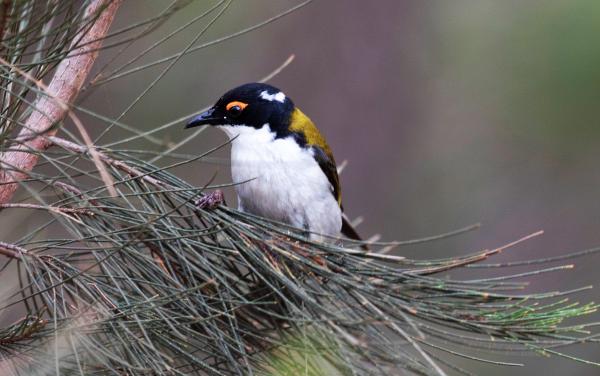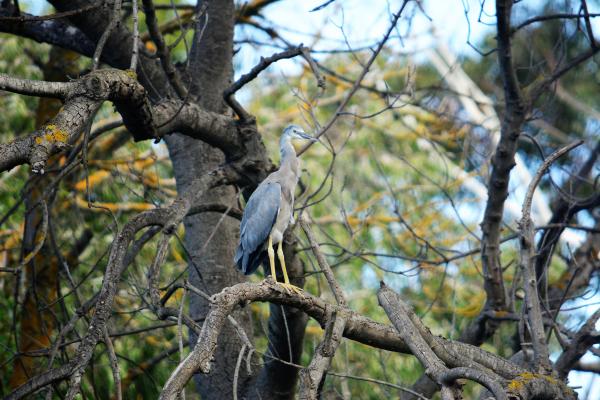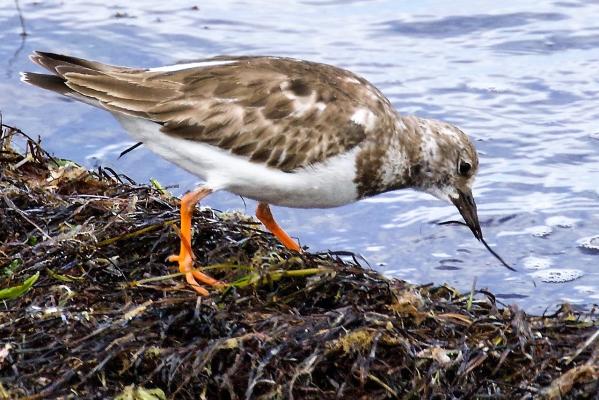We have experienced some glorious spring weather over the past few weeks, with one of the windiest days I can remember thrown in.
The spring rains that deluged the Bellarine last week were most welcome. I wonder if Lake Modewarre has a little bit more than a trickle of water in it after the rain.
I participated in the Latham’s snipe count one Saturday. I walked around Blue Waters Lake but did not spot one of the elusive snipe.
Elsewhere on the Bellarine and in Geelong there were good numbers, including 20 at Jerringot, nine at Deakin Waurn Ponds runoff creek, and 32 at Lara Wetlands.
The biggest number of snipe seen was at Begola Wetlands where 79 were seen by Rustem Upton, including nine that were initially flushed from the Retarding Basin immediately to the east of the wetlands. Begola Wetlands is one of the treasures of the Bellarine.
I had a lovely drive to Bannockburn Nature Reserve. On the way I saw a few brown falcons and black kites and a kookaburra outside Winchelsea.
At Bannockburn there were white-naped, New Holland and white-plumed honeyeaters, brown thornbill and eastern yellow robins.
I was hoping to see some other bush birds such as flycatchers and choughs, to no avail.
Closer to home I have been watching a female nankeen kestrel that has been hanging around ‘The Spit’ on the Barwon River side of the road. I hope the kestrel stays away from Thirteenth Beach, where a beach exclusion zone has been set up between 31W and 32W in a bid to help protect three hooded plover chicks that have recently hatched.
The chicks take 35 days to fly and are very vulnerable to predators during this time. Fingers crossed that they will do well. We need some good news this year.
I received a very exciting email from Carole from St Leonards. She was bird watching at Swan Bay and was thrilled to spot a terek sandpiper, which is a migratory shorebird. She also managed a lovely photo of the bird.
Carole reported that it was a very shy bird, and she was filled with amazement that it was so tiny and yet managed to fly to the Bellarine all the way from Siberia. She also was amazed at the size of the beak. Thanks so much to Carole for sharing this wonderful observation. I’d be thrilled if I stumbled across a terek sandpiper.
I also read on the Birdline Victoria website that Ocean Grove locals George, Christie, Margaret and Richard spotted another unusual migratory wader, namely a grey-tailed tattler. I’ve seen these birds in Darwin and Broome, but not this far south.
On the subject of migratory shorebirds, I received an email from Kevin, who photographed a single ruddy turnstone in the vicinity of the St Leonards pier, where in previous years he has seen eight or 10 of these birds.
Closer to home, around Barwon Heads, despite the tide being low, he could not see any waders at all, where there have been dozens previously. There was a group of people with three unleashed dogs having a ball, combing the rocks and splashing about in the shallows all the way to the tip of the Bluff.
Unusually when Kevin reached the rocks, he was attacked by a very angry, determined and noisy silver gull. It came at Kevin about 10 times, in a very threatening manner, somewhat like a magpie.
He doesn’t know what precipitated this behaviour. Kevin did see three red-necked stints, another migratory shorebird, at Edwards Point during the week. I agreed with Kevin that the numbers of migratory shorebirds spending summer at the Bellarine are quite low this year, but I feel buoyed by some of the sightings that have been reported lately.
I received an email from Justin in Barwon Heads. He had an unusual bird in his garden, which he asked me to identify. The bird turned out to be a juvenile white-faced heron. There must have been a nest somewhere around the Bellarine.
Thanks so much for the emails, they have been wonderful.

